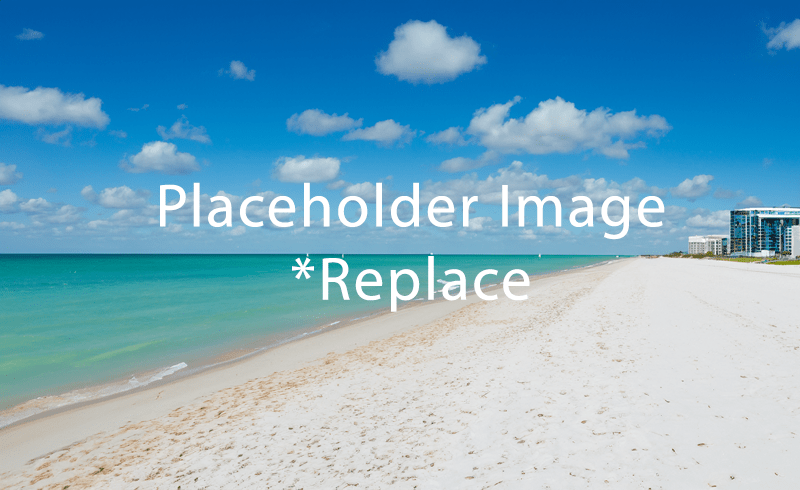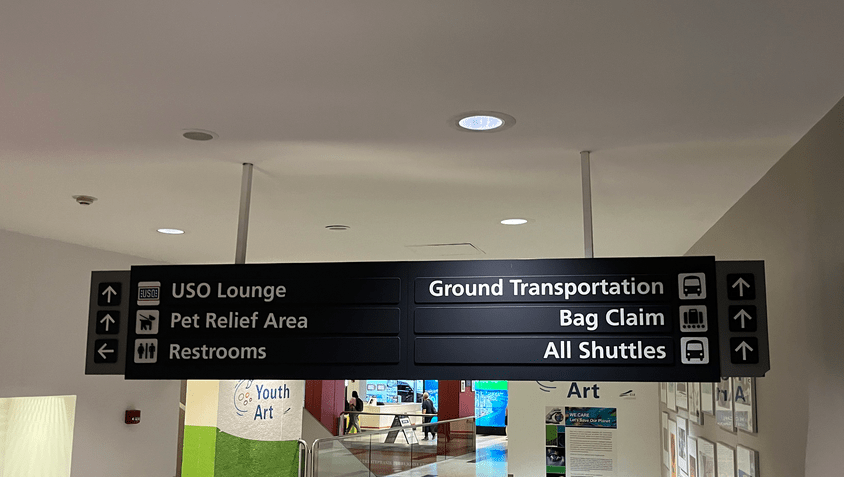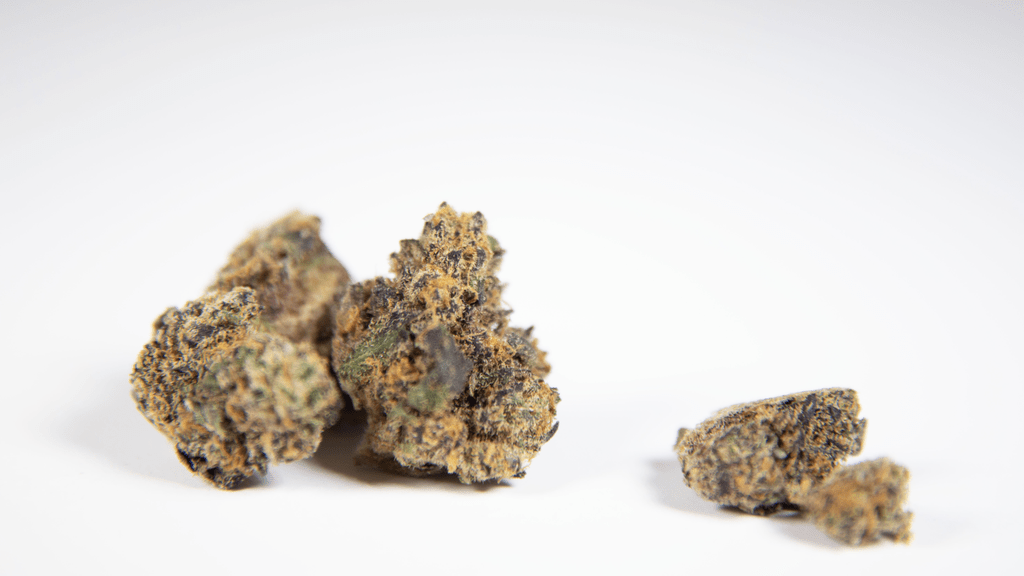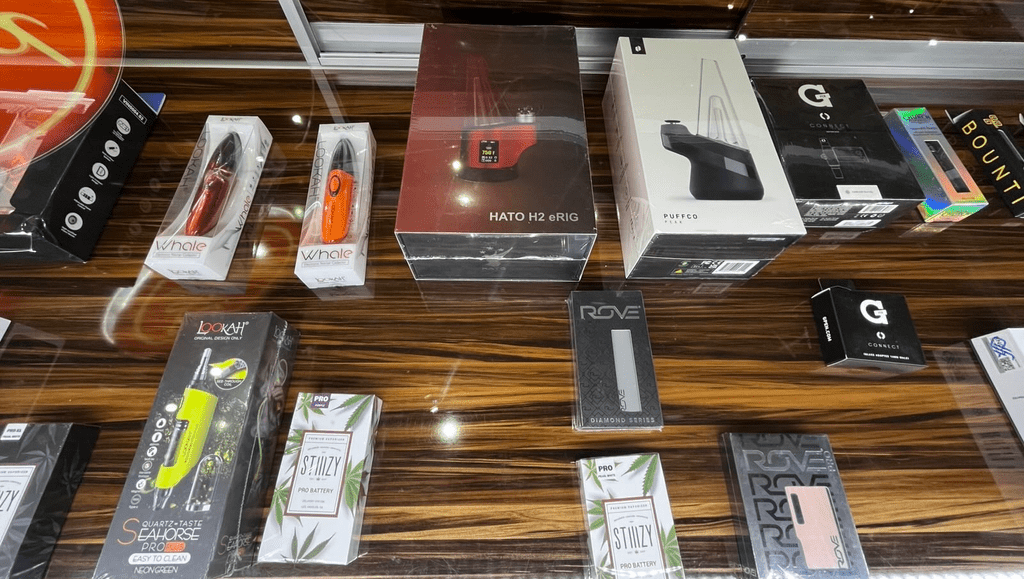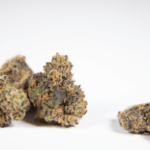If you fly with a vape, treat it like any other battery-powered device—and follow federal rules to the letter. In the U.S., the Transportation Security Administration says electronic cigarettes and vaping devices are allowed only in carry-on bags or on your person (never in checked luggage). You must prevent accidental activation and comply with lithium-battery limits (generally ≤100 Wh for lithium-ion, ≤2 g for lithium-metal). See TSA’s page on Electronic Cigarettes and Vaping Devices and the FAA’s PackSafe guidance for details.
Batteries and charging: The FAA requires vapes and spare vape batteries to stay in the cabin; do not place them in checked bags. Do not charge or use your vape on board—it’s a federal offense. Review the FAA’s PackSafe: E-cigarettes & Vaping and its “Vapes on a Plane” campaign.
Liquids and pods: E-liquids follow the standard 3-1-1 rule for carry-ons: containers ≤3.4 oz (100 mL) inside one quart-size bag. TSA also lists “E-liquids” as permitted (carry-on ≤100 mL; larger bottles in checked bags). For a quick refresher, see TSA’s Liquids, Aerosols, and Gels Rule.
Cannabis and CBD vapes: Federal law still prohibits marijuana and most cannabis-infused products on airplanes, regardless of state legality. TSA notes the only exceptions are FDA-approved medications (like Epidiolex) and products with ≤0.3% THC on a dry-weight basis. Check TSA’s pages on Medical Marijuana and the “All Items” list for the current stance; the FDA also confirms Epidiolex’s approval. Even within the U.S., crossing state lines with THC products can trigger enforcement—err on the side of caution.
Airline fine print: Beyond federal rules, airlines may add restrictions (for example, device/battery quantity and no charging on board). Before you pack, scan your carrier’s dangerous-goods page—such as Delta’s guidance on Tobacco, E-Cigarettes, or Marijuana—and confirm device limits.
International trips: laws vary—sometimes drastically. Outside the U.S., countries regulate e-cigarettes very differently: some tax or restrict them; others ban import, sale, possession, or use. Thailand, for example, enforces a national ban; travelers have been fined or arrested for vaping or importing devices. See notices from the Royal Thai Embassy (London) and Thailand’s Public Relations Department for concrete warnings. Always review your destination’s rules via official sources before you fly.
How to check a country’s rules: Start with the U.S. Department of State’s Travel Advisories for destination-specific guidance and local-law reminders; advisories like the one for Mexico may explicitly caution against bringing e-cigarettes. Then consult your destination’s embassy/consulate websites for import and usage rules on vaping devices and liquids.
Age, tobacco rules, and airports: Many countries (and all U.S. states and territories) restrict e-cigarette sales to minors; expect strict enforcement at duty-free and arrivals. U.S. CDC’s state system tracks these laws, but your destination may be more restrictive. Also note: vaping is typically banned inside airports except in designated areas.
Smart packing checklist:
- Keep vapes and all loose/spare batteries in your carry-on; use protective battery cases.
- Place e-liquids/pods in your 3-1-1 bag; stash larger bottles in checked baggage.
- Don’t carry THC vapes through TSA; if you have FDA-approved CBD medicine, keep it labeled and accessible.
- Confirm your airline’s policy and your destination’s laws before departure.
When in doubt, verify with official sources above and your destination’s embassy. A few minutes of homework can save your device—and your trip.

